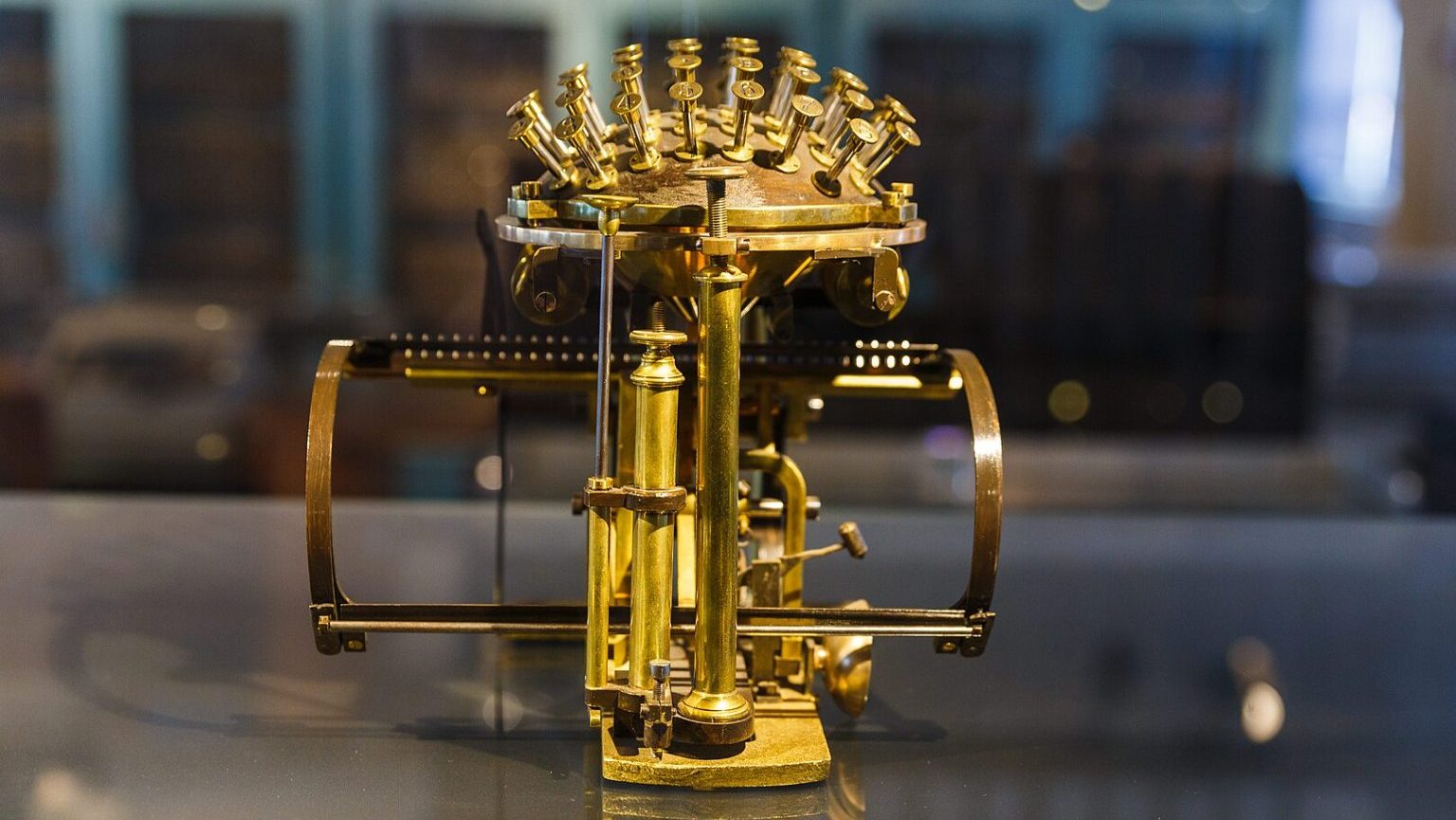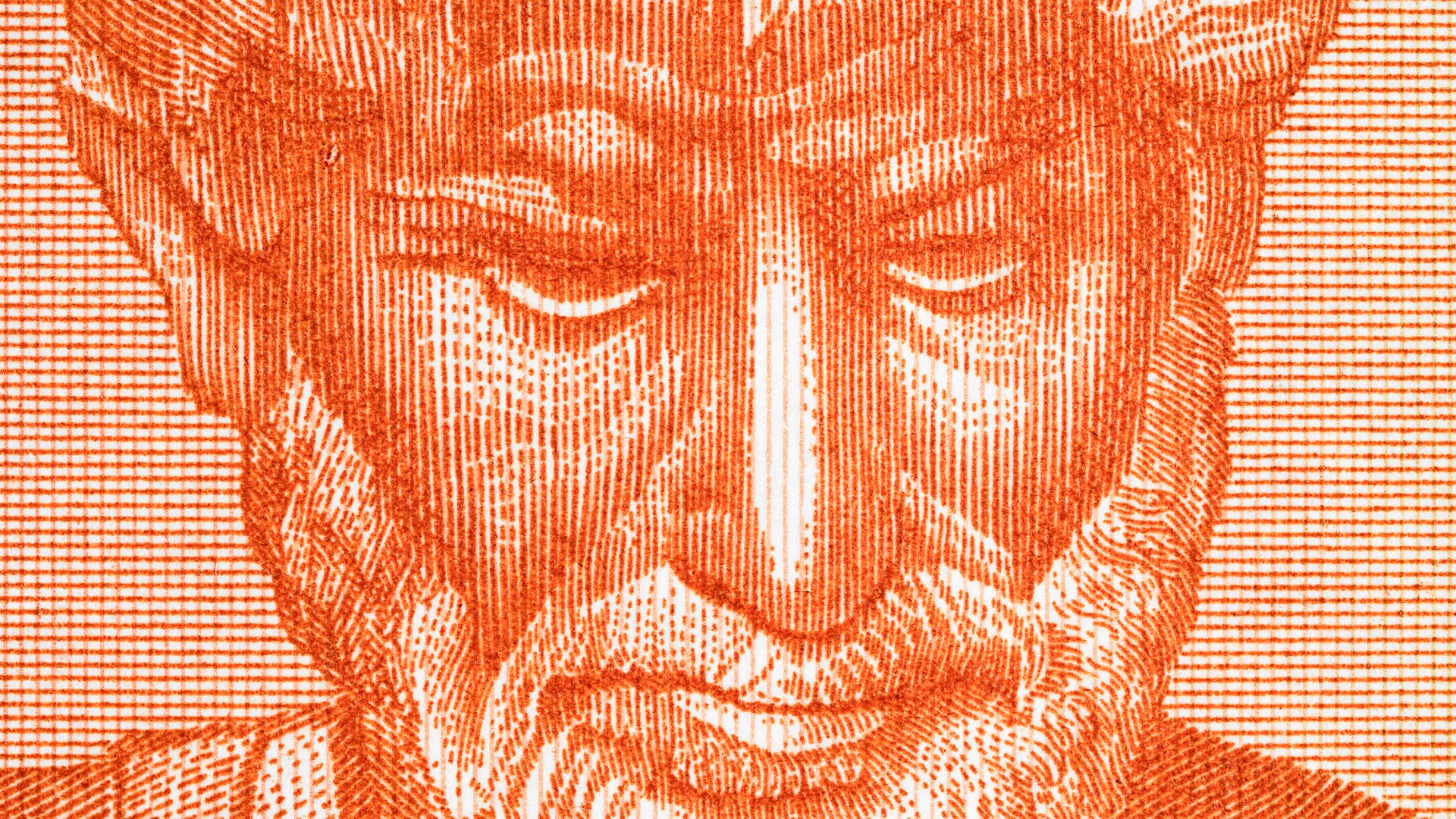James Goldgeier explains the sea change that was Eastern Europe’s movement to democracy.
Topic: The Cold War’s Sunny Side
James Goldgeier: In the book, I mean the idea at the end of the Cold War, and it started with George H. W. Bush and then continued with Bill Clinton, was what George H. W. Bush called a Europe whole and free. Clinton called it a peaceful, undivided democratic Europe. The idea was, let's take advantage of the end of the Cold War to remove the division in Europe and bring the former communist part of Europe, integrate it into the rest of Europe. And there was, you know, the effort with Central and Eastern Europe to bring those new democracies in. There were the wars in the Balkans and Bosnia and Kosovo to try to end the repression that was being carried out by the government in Serbia to try, and move the former Yugoslavia onto a different path. And the Russia part was related to this, trying to bring Russia closer as well. But especially on NATO, the idea was that the United States could use this alliance to help anchor countries like Poland and Hungry and others in Central and Eastern Europe into the West because basically what NATO said to those countries was, "If you can develop democracy and markets and respect for human rights and respect for borders, that you can join this organization but you have to carry out internal reforms in order to join NATO." And it was hugely important for the stability of Central and Eastern Europe and a huge success story after the Cold War that these young democracies did it. I mean, they built democratic, market oriented states, protected human rights and, you know, agreed that they weren't going to change borders and-- because there were a lot of issues from how those borders had been drawn decades before that people were worried about. And, you know, for example, Hungry and Romania, you know, worked out their issues and these countries were able to join NATO which gave the European Union more confidence about the stability in that part of Europe which enabled those countries, in 2004 to join the European Union. Which, you know, has really been, in terms of the American effort to promote democracy after the end of the Cold War, Central and Eastern Europe really is one of the huge success stories. It also should have been a cautionary tale about what was required because a lot of the people in the George H. W. Bush administration in the period of '89 to '91, who were there when Central and Eastern Europe started on this path, saw in Central and Eastern Europe, you know, the bad guys were toppled, statues were pulled down and the populations really wanted to join the West. And when these guys are back in after 2001, they're looking at Iraq and they're thinking about it the way they saw things in Central and Eastern Europe. You get rid of the regime and you topple the statues and the population welcomes you as liberators and wants to join the West. I mean, the lesson in Central and Eastern Europe was how much assistance was required, how much-- how important it was that you had institutions like NATO and the European Union that could help bring these countries in and these countries really saw themselves as part of the West and that they had been denied that by the Cold War. And, you know, things didn't turn out that way in Iraq.
Recorded on:07/08/2008





